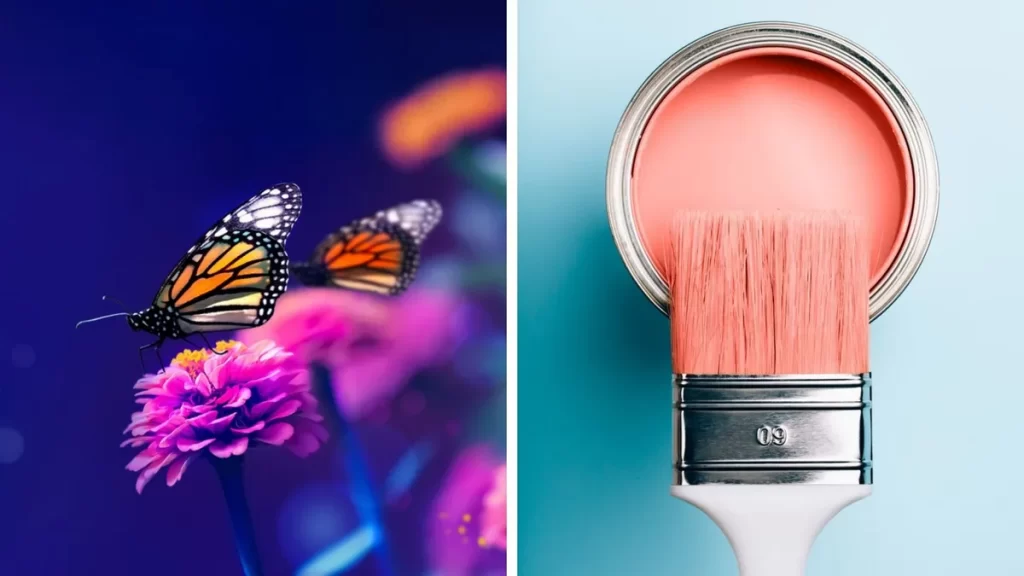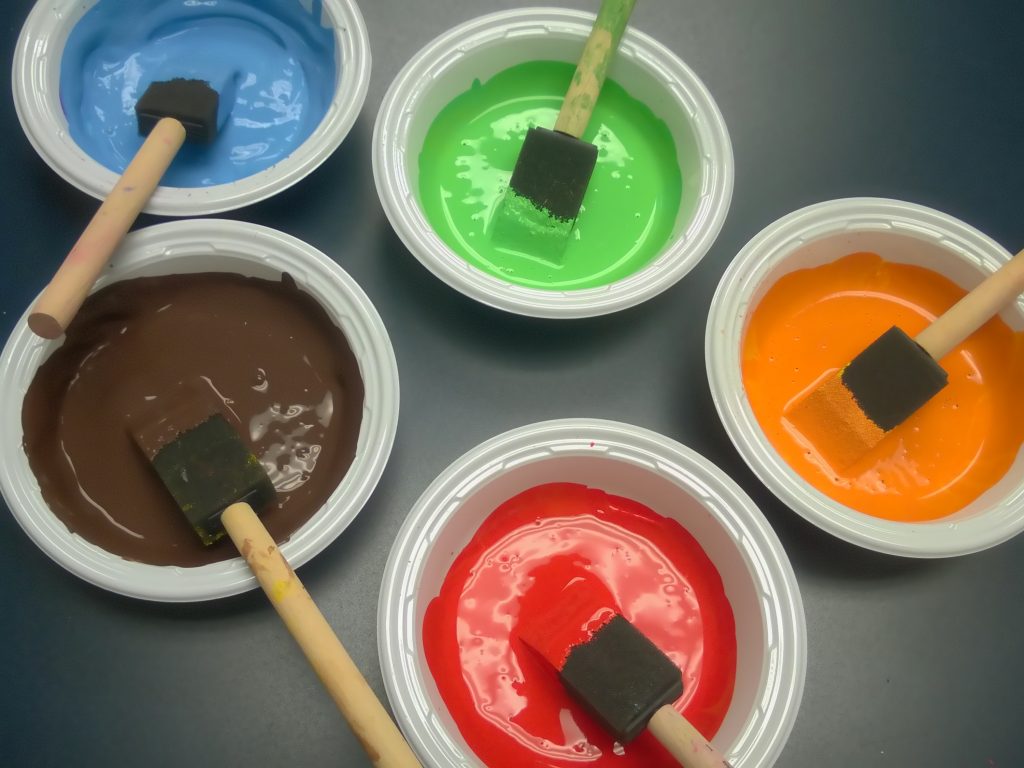Researchers at the NanoScience Technology Center at the University of Central Florida have made a remarkable breakthrough in the field of paint technology. They have created a new type of paint that does not rely on pigments to generate its colors. Instead, this innovative paint, known as plasmonic paint, uses nanoscale structural arrangements of aluminum and aluminum oxide to produce an array of hues.
The idea behind the plasmonic paint was inspired by nature itself. Debashis Chanda, the head of the Nano-optics research group at UCF, was inspired by the way that flowers, birds, butterflies, and underwater creatures exhibit attractive hues, all created by the geometric arrangement of colorless materials. This natural phenomenon prompted him to explore the possibility of creating a paint that worked in the same way.

Conventional paints contain pigments that rely on the light absorption properties of molecules to determine their colors. The light that is not absorbed is reflected back and seen by the observer, creating the object’s color. In contrast, the plasmonic paint created by Chanda’s team relies on both light absorption and reflection to create a full-color palette. The paint’s nanostructures scatter and reflect light in such a way that it creates a vibrant range of colors.
One of the major advantages of plasmonic paint is its ability to keep buildings cool in hot regions. Exterior paints have been the focus of significant research as scientists look for ways to reduce the amount of heat absorbed by buildings in warm climates. Plasmonic paint offers a promising solution to this problem by reflecting a significant amount of sunlight and reducing the amount of heat absorbed by the building’s surface.

In addition to its energy-saving benefits, plasmonic paint could have many other applications, such as in the automotive and aerospace industries. It could also have significant implications for the future of art, design, and fashion.
In conclusion, the invention of plasmonic paint by the researchers at the NanoScience Technology Center at the University of Central Florida is a significant breakthrough in the field of paint technology. Inspired by nature, this innovative paint offers many benefits over conventional paints, including its ability to keep buildings cool and its full-color palette generated without pigments. The potential applications of this technology are vast, and it will be exciting to see where it leads in the future.


